Tomb of Sheikh Heydar

After the Mongol invasion of Persia and during the Ilkhanate period, Ardabil province became one of the important centers of Sufism in the country and important families appeared in this area.
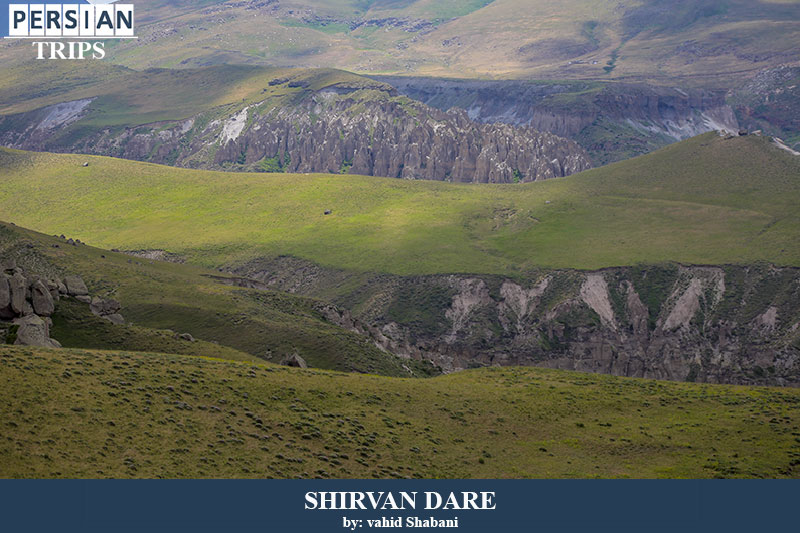
Ardabil province with a population of 1,270,000 people in 2016 census was ranked 16th in the country in terms of population and with an area of 17,953 square kilometers is located in northwestern Iran and accounts for about 09.1% of the total area of the country. The common mother tongue of the people of the region is Azeri Turkish. Of course, the residents of some villages of Namin and Khalkhal city speak in the dialect of Tat and Talesh.
This province has a border with the Republic of Azerbaijan and East Azerbaijan Province in the west, with Zanjan Province in the south and with Gilan Province in the east; in addition, five cities of this province share about 369 km of borders with the Republic of Azerbaijan. Ardabil province has 11 cities named Ardabil, Aslandooz, Bilesvar, Sarein, Meshginshahr, Nyr, Garmi, Parsabad, Kowsar, Khalkhal and Namin; with Ardabil city being its capital. This province is known as the summer resort of Iran in terms of having a suitable climate and very unique capacities in the historical, natural and cultural fields. Tourism is considered as one of the most important reasons for development of Ardabil province. The World Complex of Sheikh Safiuddin Ardabili is one of the 19 UNESCO World-known Heritage Sites located in Ardabil.
The use of local and traditional clothes is no longer common in many parts of Iran, including Ardabil province, but nomadic tribes and villagers in some parts of the province, such as Moghan and Arasbaran still wear local clothes. The costumes of the Shahsavan nomads of Ardabil are the last remnants of the local indigenous clothing of this province.
Ardabil handicrafts include wood mosaic, pottery, wood inlay, semi-precious stone carving, painting, frame weaving, kilim weaving, gilding, needlework, jajim weaving, wooden works, local clothes (traditional clothes), Carpentry, porcelain knitting, silver making, leather handicrafts, traditional construction, carpet design, traditional ornaments, glass cutting, engraving, stone engraving, wood lattice, mosaic tile, batik printing, fabric painting, sculpture, Pottery, painting on glass, pyrography, seven-color tiles, plastering, painting on leather, embroidery, engraving, carving, copper-plating, knife-making, saddlery, dyeing, and tapestry. Honey and black halva are among the most famous souvenirs of this province; other souvenirs in the region include dairy products such as buttermilk, butter, yogurt, cheese, etc.
Ardabil province is full of valuable historical monuments, natural sights and houses with original and rich culture, which are among the reasons for its popularity among travelers and tourists. Tomb of Sheikh Safi Al-Din Ardabili, Shurabil Ardabil Lake, Neor Lake, Ardabil Old Bazaar, Shahr-e Yeri, Meshginshahr Suspension Bridge, Meshginshahr Castle, Sabalan Peak, Alvarez Sarein ski resort, which is the largest ski resort in Iran, Fandoghloo Forest in Namin,Fandoghlu forest grass skiing, Shabil Spa and Atoglu Lake, Shirvan Valley in Meshginshahr, Khalkhal Paradise Nature, Tomb of Seyed Amin al-Din Jabrail in Ardabil, Tomb of Sheikh Heydar in Meshginshahr, Holy Mary Church of Ardabil, Ardabil Anthropology Museum, Ardabil Grand Mosque, Meshginshahr and Sarein spa complexes such as Sabalan Sarein water treatment complex and the stone village of Vind Kalkhoran Sarein are among these sights.
Tags: Yeri city in Ardabil, Ardabil Sabalan peak, Ardabil Province, Fandoghloo Forest, Neor Lake, Sheikh Safi Al-din Khangah and Shrine , Meshginshahr Suspension Bridge, Ardabil Attractions

After the Mongol invasion of Persia and during the Ilkhanate period, Ardabil province became one of the important centers of Sufism in the country and important families appeared in this area.

Everyone knows that Ardabil was the main birthplace of Safavid kings and the tombs of many members of the royal family are located there.
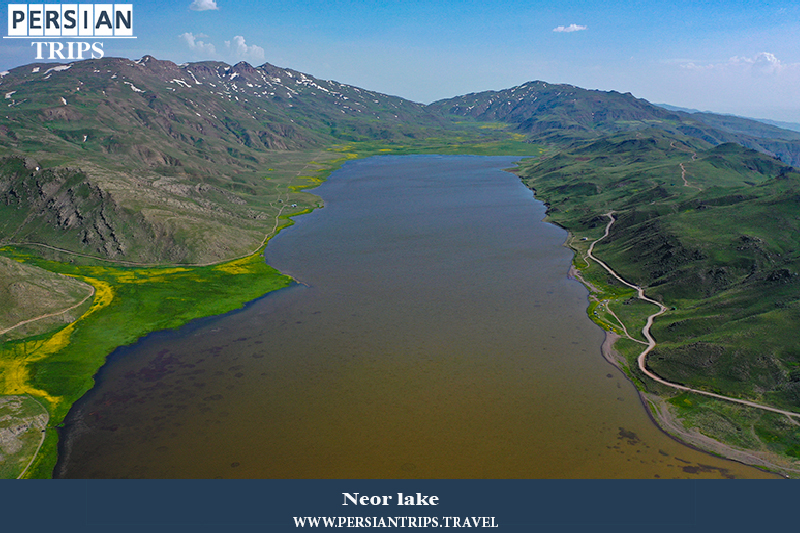
We will go to Ardabil province again, but this time close to the Gilan border. A unique lake that has two parts in the low rainfall season and one part in the rainy season. The beautiful horses in the plains of Ardabil run beside it and the migratory birds decorate the surface of the lake for your eyes.
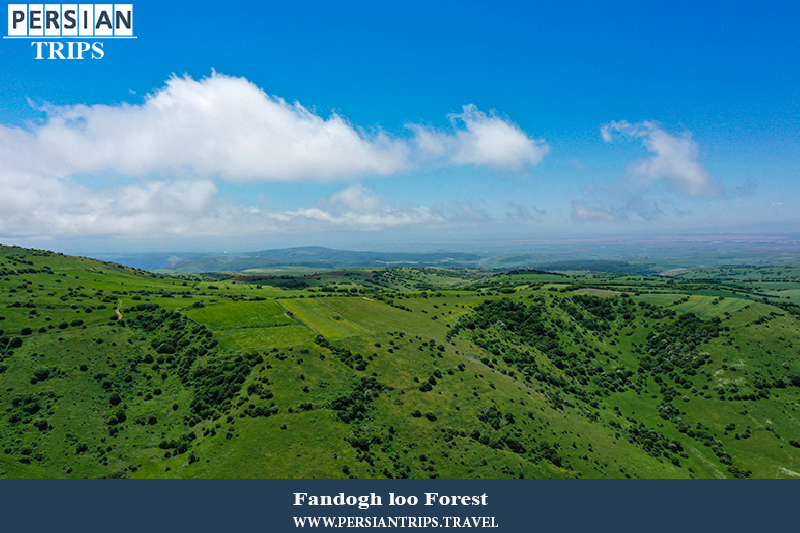
Fandoghloo (hazelnut) Forest is one of the world heritage sites registered by UNESCO in Iran, which is located 32 km from Ardebil city. A trip to Fandoghloo is one of the most interesting memories of every traveler's life.
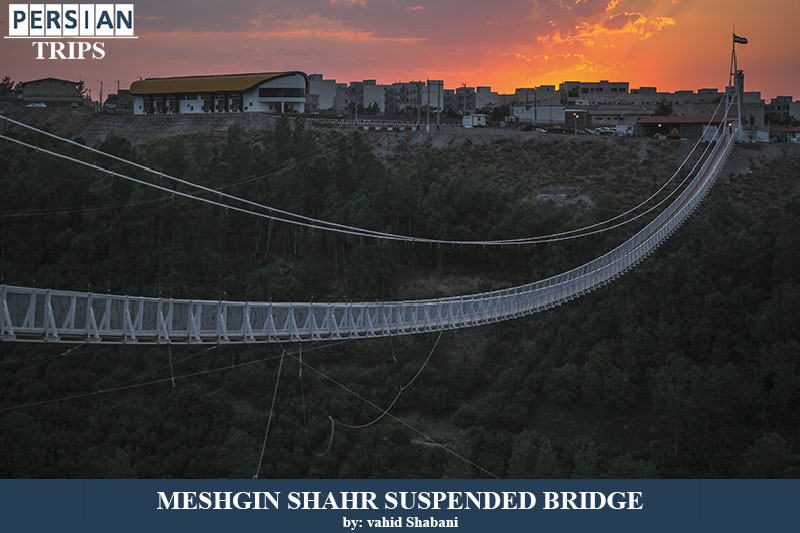
Meshginshahr suspension bridge is located in Meshginshahr, the third largest city in Ardabil province with indescribable beauties and attractions.
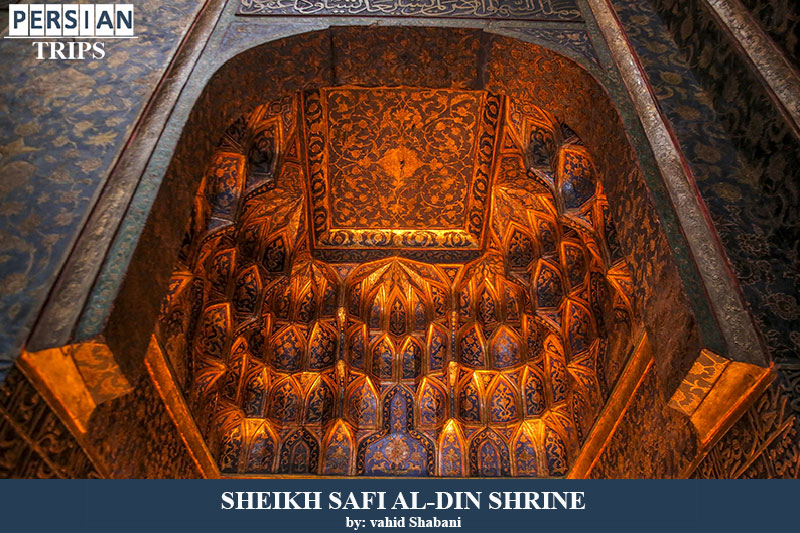
Sheikh Safi Al-din Khangah and Shrine Ensemble is located in Ardabil. As an Iranian tangible cultural heritage in UNESCO list, it was built in 14th century and rebuilt in 18th century.

7.62°C
Tehran